My first trip to Europe last August was an absolute dream. My friend Rochelle asked if I would like to accompany her to Birdfair, the largest birding festival in the UK. (The festival has since been renamed Global Birdfair.) I mentioned it to my husband and figured, at best, I would get an eye roll. Instead, he told me to go for it! We got flights scheduled and Rochelle planned everything out. She’s been to England many times so knew all the ins and outs and even handled the bit of driving we had to do.
Part 1: London
We arrived at Heathrow early in the morning, local time, and cleared customs, grabbed our bags, and hopped the express and then the tube to our hotel. It took some time to get checked in because the computers were down, so we went for tea and then checked in. Our first stop in London? Obviously, since we’re both birders, we had picked the London Wetland Centre for our first afternoon.
We took an Uber out to the wetlands and met her friend Amy there. We didn’t have a lot of time due to the delay at the hotel, but we made the best of it. What a beautiful property!
A few details. The London Wetland Centre was opened in 2000, and covers 29.9 hectares. That’s around 74 acres to us Americans. And it’s right in the middle of the city! I mean, not like next to Big Ben or something; it’s located in the southwest part of the city, specifically in the London Borough of Richmond upon Thames. But to find a property like this in such prime real estate speaks a lot toward the attitudes for conservation and preservation.
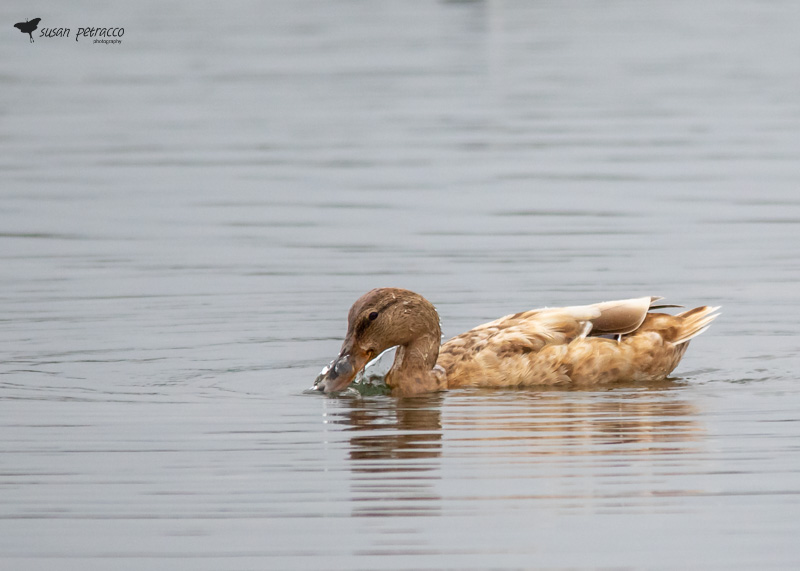
When we arrived, the nice people at the visitor’s center warned us we would be short on time. We promised to leave peacefully when the time came, though, so they let us in! The property is easy to walk, has a number of different habitats, and includes several blinds for birdwatching.
Rochelle and I loved the lapwings – which is apparently no big deal if you live in the UK, but they’re quite unique and seemed really special to us both. We saw lots of water birds – gulls, terns, ducks, coots, moorhens. And while walking we got several passerines – a great tit, a bank swallow (aka sand martin), a Eurasian magpie, and a European robin. These are all pretty common birds but were lifers for me!
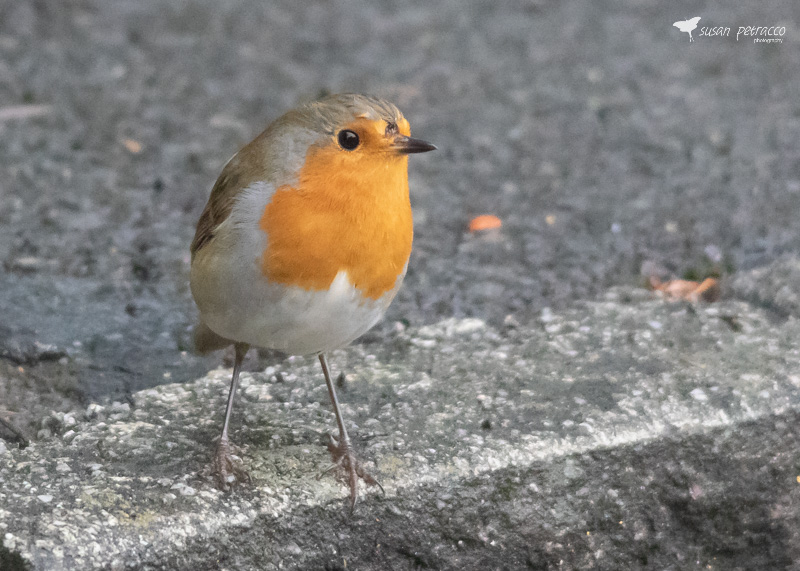
As a side note, can I saw how cute the European robin is? Maybe one of the cutest birds I’ve ever seen!
That night we went for Indian food and then crashed early. The next day it was time for some sightseeing. This wasn’t specifically for birds, but the attraction I most wanted to see was the Tower of London. I love history, and so much of England’s history happened at the Tower.
But there is a bird component here too. Many of you may not know, but the Tower of London always has no fewer than 6 ravens in residence. There is a legend that if the ravens leave, a great tragedy will befall England and the kingdom will be doomed. There’s even a man who’s only job is to take care of the ravens!
Among all the other enjoyable aspects of our visit to the Tower, I have to admit that despite the warnings, I was bitten by one of these ravens. I dropped a one-pound coin and the raven picked it up. I was terrified it would swallow the coin, choke and die, and I would be responsible for the downfall of England! So I attempted to take my coin back and got bitten for my efforts.

By the way, it turns out the ravenmaster has a Twitter account. By comparing his photos with mine, I was able to determine that I was bitten by Raven George.
That was the end of our birding time in London. We spent the rest of the day doing non-birding tourist things like walking the crosswalk at Abbey Road and eating fish and chips in a pub. And then for dinner that night, we found a great restaurant near the hotel called The Three Stags. It focuses on sustainability and even raises chickens on the roof! And the food was amazing. I can’t believe we just stumbled across this place…it was perfect and delicious.
Part 2: Birdfair
The next day we caught the train to Leicester where we hired a car (aka rented a car) and drove on to Rutland Water where Birdfair was to be held. After some twisty roads, we found Wing Hall Estate where we would be staying throughout the festival.
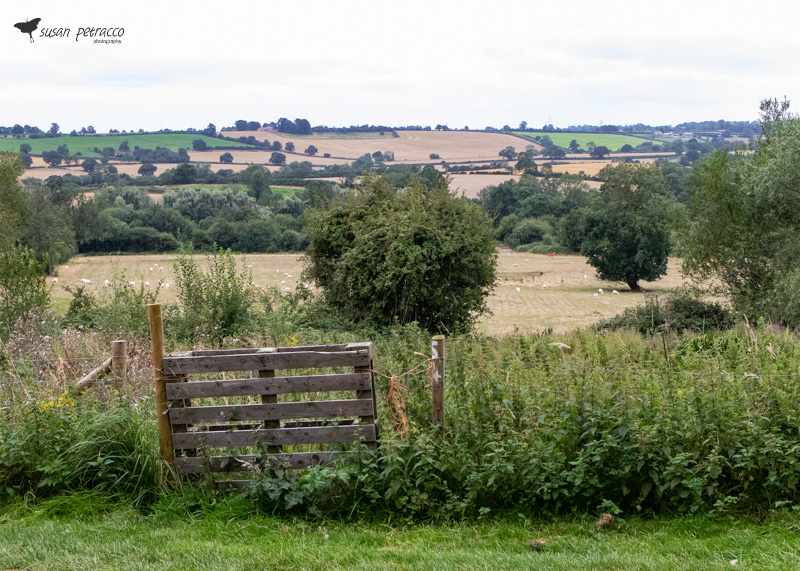
When we arrived, we checked in at the beautiful main house, and were directed to our shepherd’s hut, which would be our home for the next two nights. The photos below shows what it looked like… which is ABSOLUTELY ADORABLE! We had a huge downpour one night and it kept us cozy and dry, so a huge thumbs up for this choice. I’m so glad we weren’t in a tent on the wet ground!
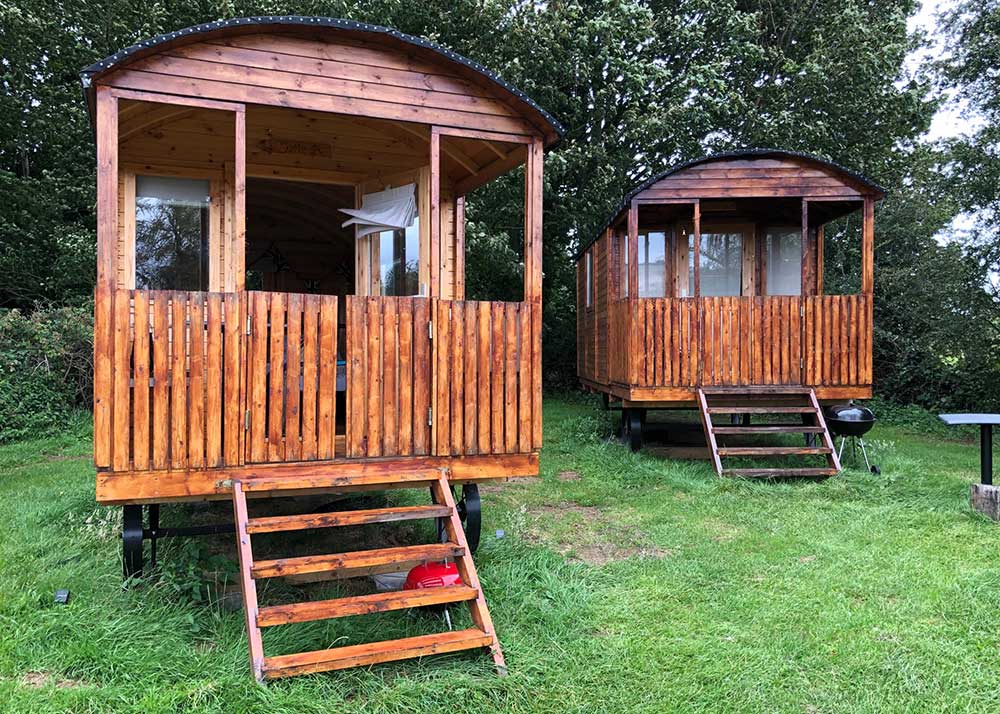
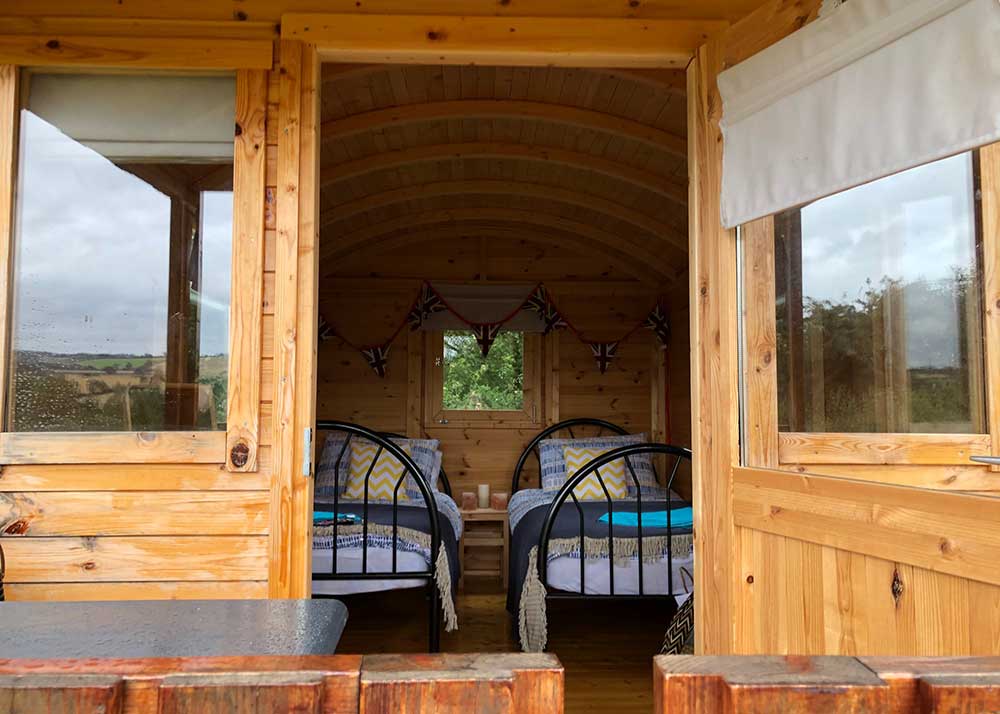
The next day we got to Birdfair. From the parking lot it didn’t seem like too big of a deal. We went into the first tent and started looking at the exhibits. Then we started doing some figuring – the number of exhibits in the tent times the number of tents – this festival is huge! According to their website it draws 24,000 people and over 450 exhibitors. I think across the two days we maybe saw 75% of it. I was dead tired at the end of each day but it was totally worth it.
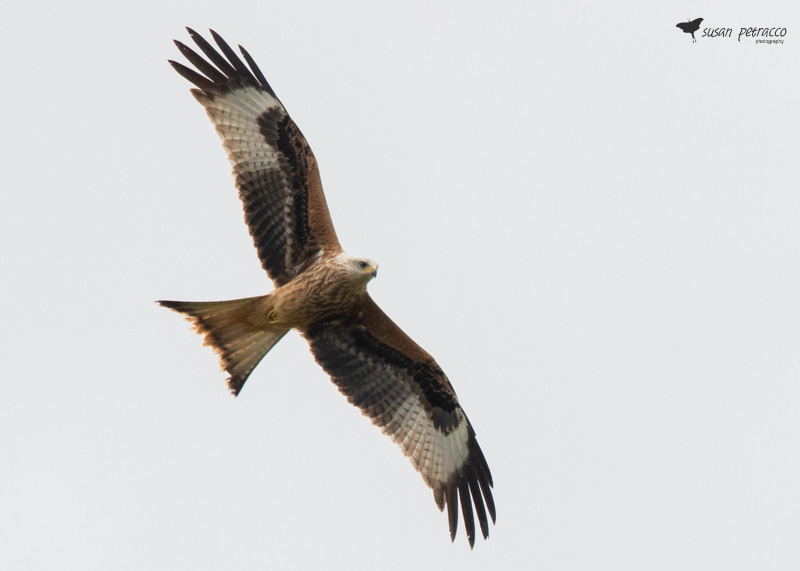
The fair itself didn’t have much in the way of actual birding, but had lots of talks, crafts, food, beer, gin, tea, Wellies, and shopping. However, while at our shepherd’s hut the first day I managed to see and photograph both common buzzards and red kites in flight. Also, we were exposed to our first encounters with wood pigeons. “Ooh, what is that?” we thought.
Little did we know, a few days later, we’d have renamed the species “those damned pigeons”.
Each night we met up with Rochelle’s friends from the Oriental Birding Club for dinner at a local pub. Oh and one day we had breakfast at a place I wouldn’t have felt comfortable going to except someone in our party had recommended it. It was amazing!!!
When Birdfair ended, we packed up the car and drove out to Cley Marshes for a day of birding at this amazing property.
Part 3: Cley Marshes
Cley Marshes is a Norfolk Wildlife Trust property with excellent blinds, lots of wading birds, and a beautiful walk out to the beach overlooking the North Sea. In case you’re wondering, “Cley” is pronounced as though it rhymes with “sigh”.
Rochelle and I arrived hours ahead of her friend John, who was to be our guide for the next several days. After stopping in town to have breakfast at The Artemis, we headed out to see the birds. We checked in at the office and paid a nominal entrance fee, and of course we checked out the gift shop. Then we started hiking.
Across the street was the first of several blinds. We saw lots of wading birds, some species we’d already seen at the London Wetlands and some others that were new. We were pleasantly surprised to be able to watch a common snipe preening only a few meters away.
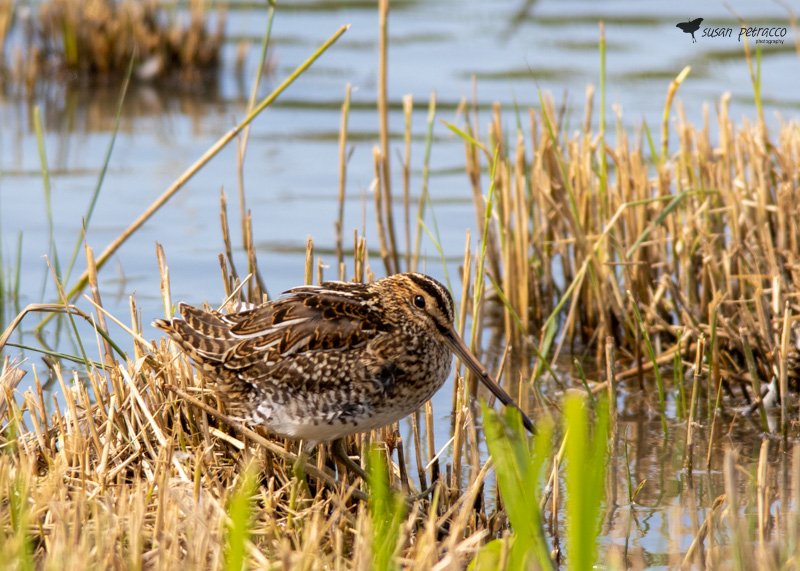
I think we probably spent the most time in the first blind. But eventually we meandered along to the two others that are almost side-by-side. We stopped and watched butterflies and bumblebees along the way, and picked up new species at each blind. Pied avocets, black-tailed godwits, redshanks and greenshanks, ruffs, and red knots are a few of the species.
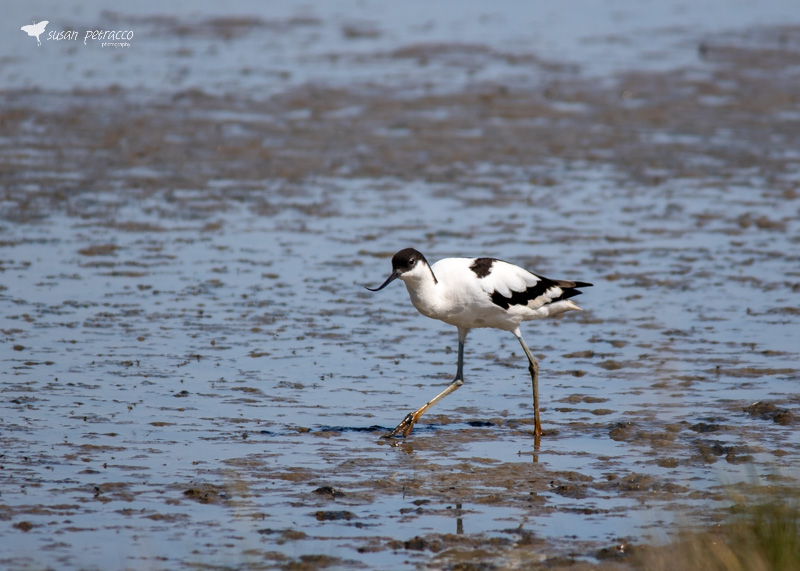
As John was still a ways away, we decided to hike down to the beach…not realizing it was quite as long a walk as it was! But we were rewarded along the way with views of European goldfinches, common house-martins, a rook, a little egret, and pied wagtails – which really do live up to their name of wagging their tails!
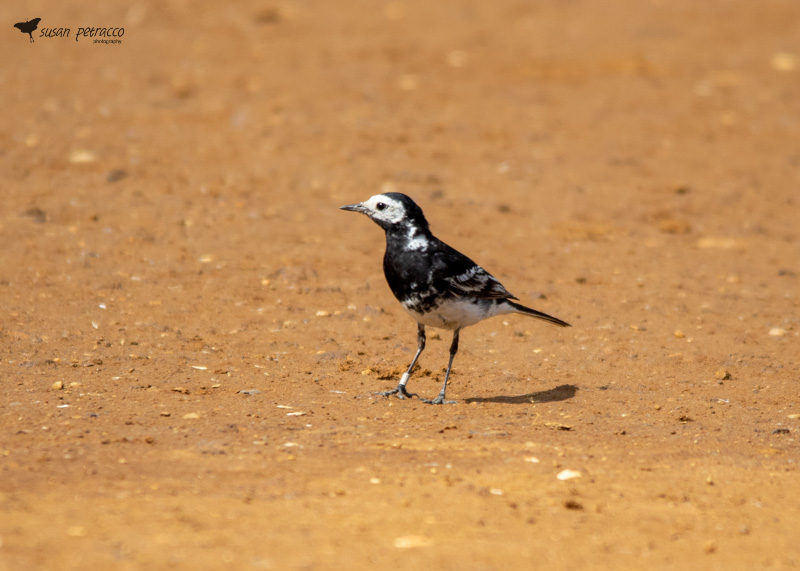
When we made it to the beach it was a bit of shock to me. This was WAY different from the beaches we have here in Florida! First off, there is no sand. It’s a shingle beach, meaning its shore is covered in round pebbles. Additionally, there were windmills visible offshore, not something I’ve ever seen here. It might obstruct the view some, but they were interesting and I’m a big fan of green energy, so that was cool.
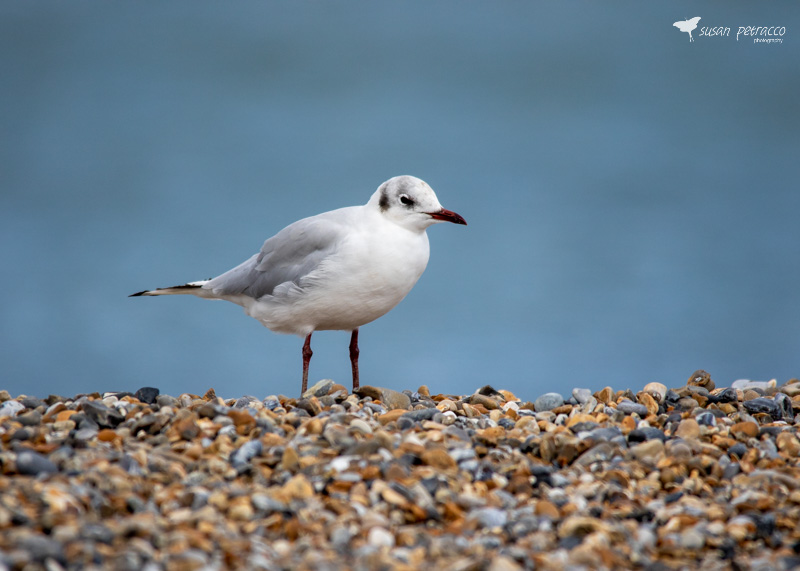
The beach also has a long history including use during World War II, and there’s a “pillbox” guard house still there, although partly underneath the beach rocks now due to erosion and time.
We saw lots of gulls and terns out at the beach. John arrived by the time we were done, but his car was so full that he couldn’t give us a ride and we had to hike all the way back! All that birding and walking made us all hungry, so we headed back into the nature center for afternoon tea.
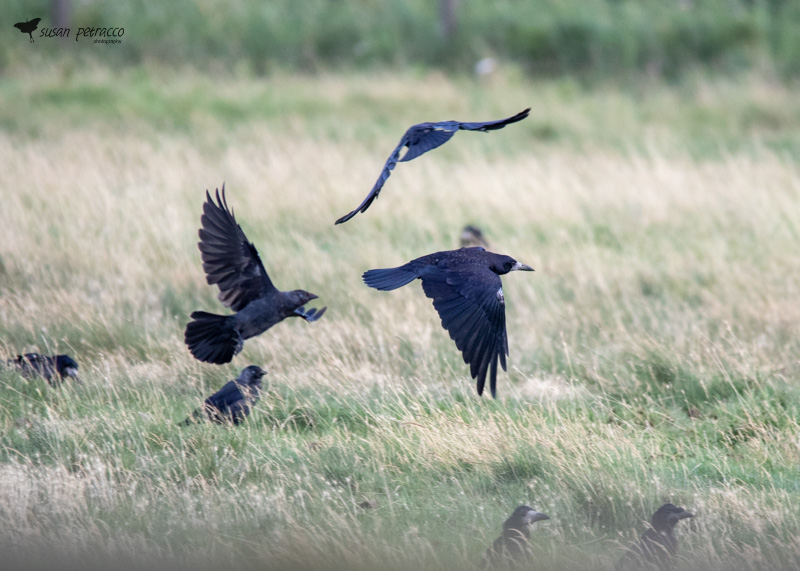
Our last stop of the day at Cley was their newest blind. I don’t think we saw any new species on this stop but it was interesting to see that they are expanding support for birding by building additional observation points. We had HOPED for a little tern but never found one.
After we finished, we left Cley and headed for the small town of Stiff Key where John and his wife Jane have a town home and where Rochelle and I would stay for the next evening. We went to a pub for dinner and then went evening birding around Wells-Next-the-Sea, where we saw a Eurasian spoonbill, two barn owls and a lot of European nightjars.
Part 4: Birding in Stiff Key
The next morning we woke up early and hit some different locations around Wells-Next-the-Sea for new species. We got great views of one of my target species – a common one called a jackdaw, related to jays and crows. They show up often in the England-set books I like to read so I had hoped to see one. They have beautiful pale blue eyes.
Some of the species we saw around town were whimbrels, curlews, lesser and greater whitethroats, a chaffinch, a yellowhammer, and meadow pipits.
Our last stop before breakfast was Holkham Hall. There is a groundskeeper (I think) who lives on property and has bird feeders, so we got a lot of distant views of the birds there, such as coal tits, blue tits, and a dunnock. We also saw both roe and fallow deer.
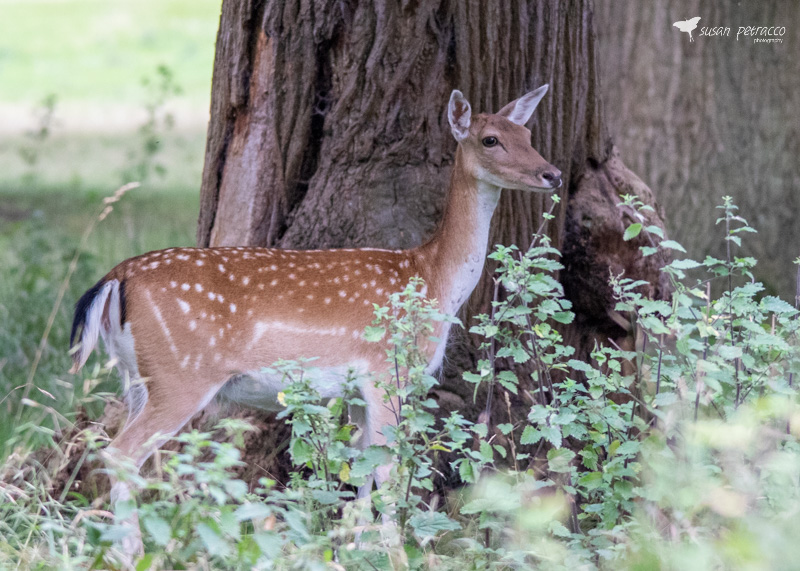
By this time we were famished so we headed back to the Red Lion Inn and Pub at Stiff Key for a full English breakfast. It was AMAZING!
That afternoon we booked a seal boat tour out to Blakeney Point. In addition to the hundreds of seals we saw, we also got great sites of Eurasian oystercatchers, common and sandwich terns, herring and great black-backed gulls, curlews, a bar-tailed godwit, and a raptor called a hobby.
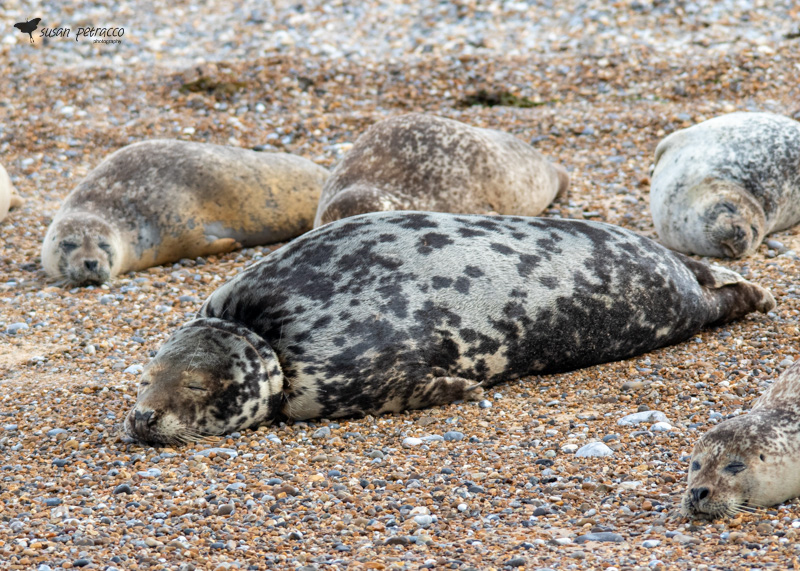
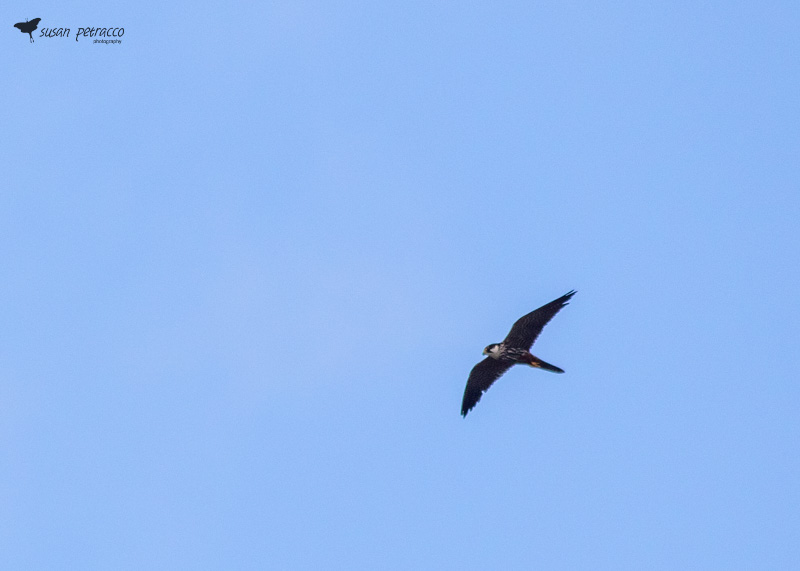
Part 5: Flamborough Head and Bempton Cliffs
Once we returned from the boating trip, it was time to pack up and drive to our last location. John, Rochelle, and I checked into our AirBnB in Bridlington (which was so cute!) and drove to Flamborough Head to see the lighthouse and whatever seabirds we came across.
I was really excited to see black-legged kittiwakes and fulmars, both life birds for me. We also got good looks at Eurasian curlews, cormorants, and northern gannets…but little did I know that this was not going to be the exciting part of this trip. We called it an evening, we to a chain pub back in Bridlington to watch the Manchester United game and eat some Indian food, and retired for the night.
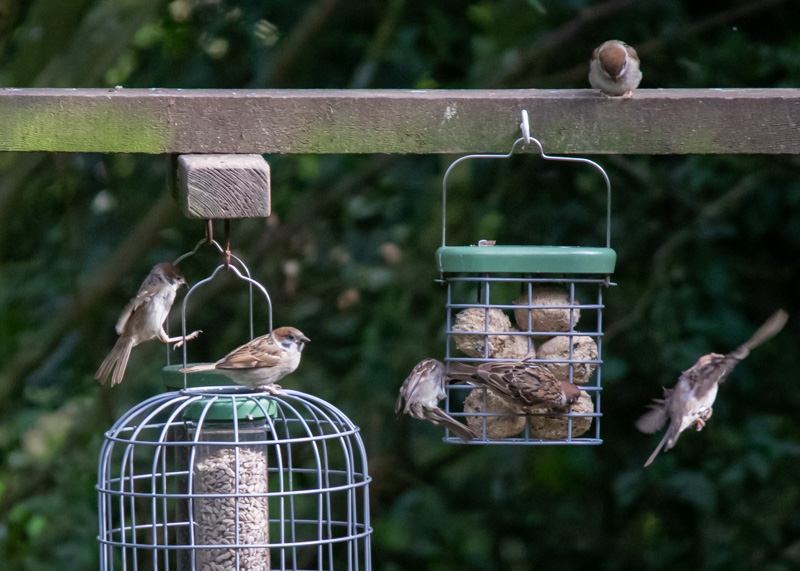
The next morning, we woke up and headed straight for RSPB Bempton Cliffs. (RSPB is short for Royal Society for the Protection of Birds, a charitable organization in England, Wales, and Scotland.) We checked out the bird feeders, where we saw pheasants, tree sparrows, a greenfinch, a chaffinch, a chiffchaff, a dunnock, and a few others. Then we hit the gift shop, which took awhile because I was in the company of a shopper. I was antsy to get out to the birds…I didn’t want to miss anything. But I shopped too, and we were finally ready to head for the location’s namesake cliffs.
No, we hadn’t missed the gannets. They were everywhere!!! I couldn’t even begin to estimate how many there were. 1000? No, John said more. We stopped a guide and asked. He gave us the answer:
Currently they had 14,000 BREEDING PAIRS of northern gannets!
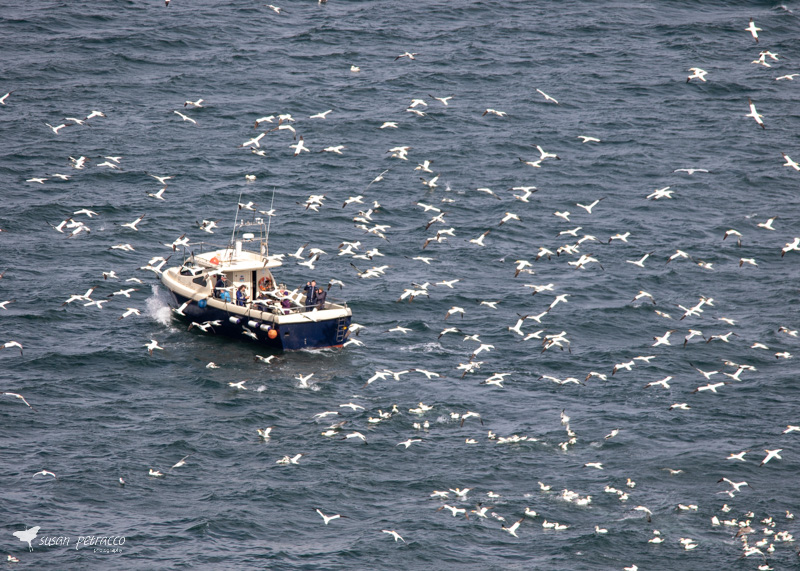
That means probably more than 30,000 individual birds, including babies and juveniles from previous years not ready to breed yet. Did we see all of them? Probably not. Some were out to sea, I imagine, and others around bends of the cliffs we couldn’t see. I’m sure we saw at least 3000 though. There were also more kittiwakes. The sheer numbers of seabirds at this location was overwhelming.
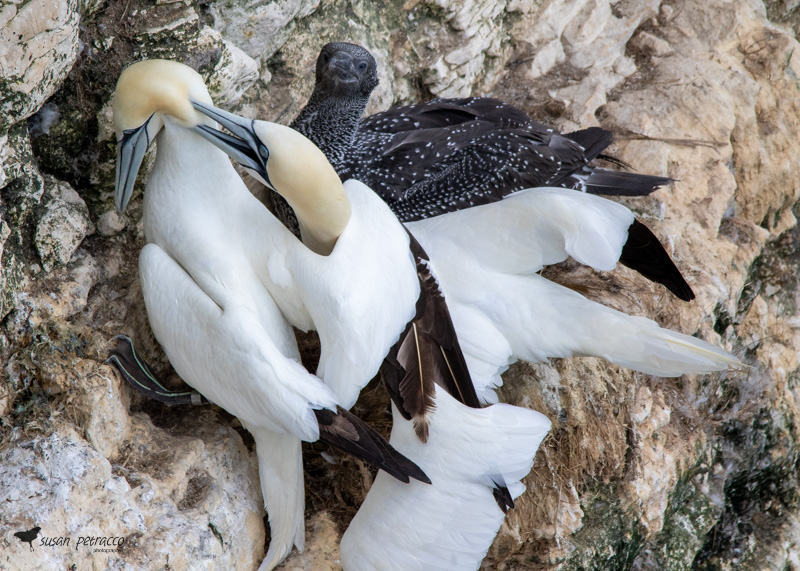
The only thing we didn’t get to see here was Atlantic puffins. They breed a bit earlier in the year, so they were all gone by the time of our travels. That’s ok because it’s a good reason to go back another time!
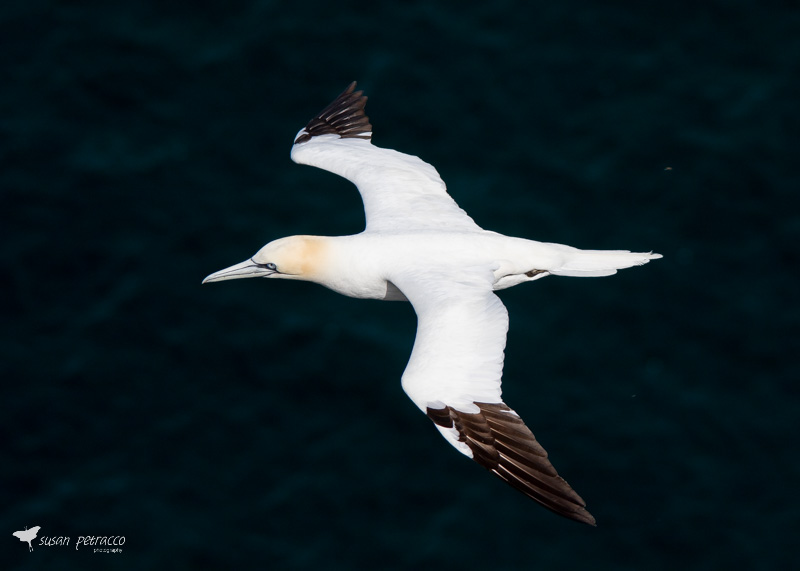
On our way out we heard from other birders in the parking lot (“car park”) that a spotted flycatcher had been seen just on the other side of the lot. So we got a good look at that and also saw a willow warbler.
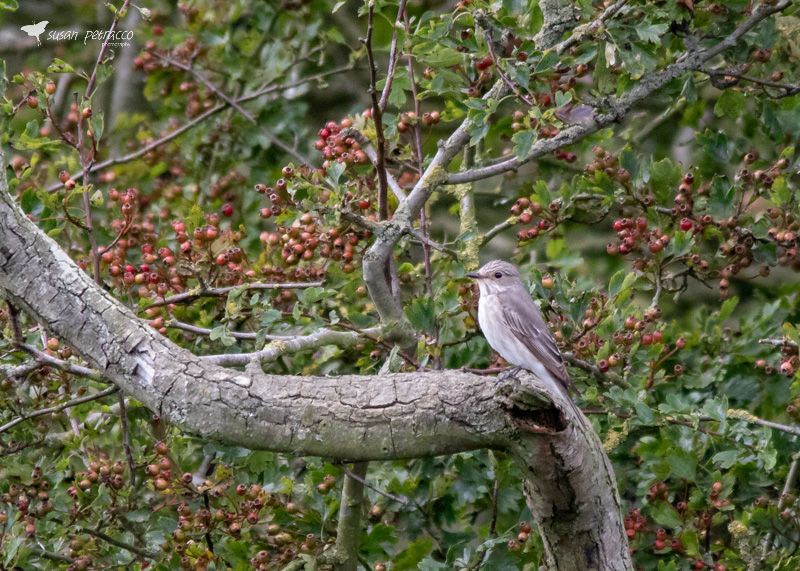
You’d think we would be done now, but we weren’t. I feel like we probably ate lunch somewhere, but I don’t remember doing it. We headed to the Bridlington South Landing and although we didn’t get any new species, we saw oystercatchers, kittiwakes, black-headed gulls, and dunlins. Then we wandered through some field where we saw a bullfinch, a goldfinch, and a great tit, and where I ate some delicious blackberries right off the vine. I have no idea where we were at this point. I don’t know if I was just tired, or on information overload, or only focused on the birds…fortunately John knew the area and was in charge!
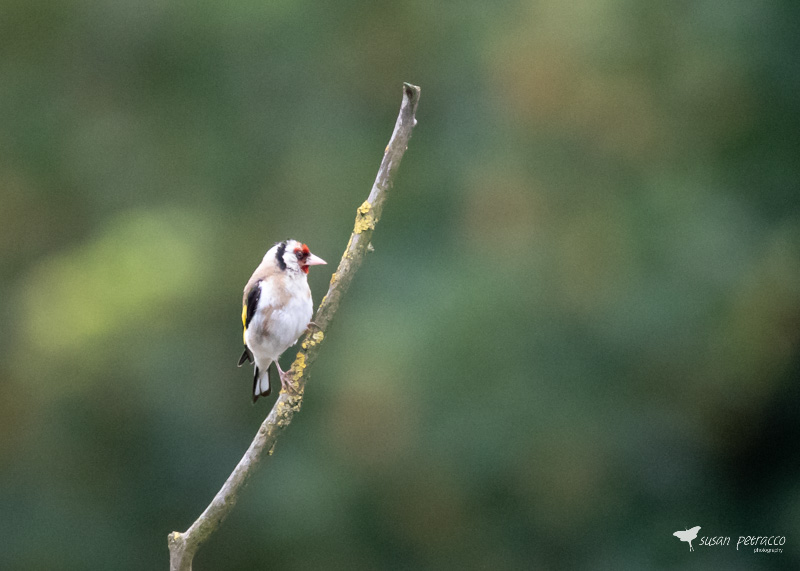
I have to say that in terms of destination and activities, this was the best trip of my life. I caveat it that way because my husband wasn’t with us, and no trip can be “the best” unless you’re with your honey, right? But it was amazing. I am so thankful to Rochelle for planning the trip, and to John for being our guide. And to all of the lovely people I met while I was across the pond.
Links to Locations Visited
eBird Lists
- London Wetland Center 8/15/2019
- Wing Hall, Oakham 8/16
- Cley Marshes 8/18
- Wells-Next-the-Sea 8/18
- Wells-Next-the-Sea 8/19
- Holkham Hall 8/19
- Blakeney Point Seal Boat Trip 8/19
- Flamborough Head 8/19
- RSPB Bempton Cliffs – Bird Feeders 8/20
- RSPB Bempton Cliffs – Cliffs 8/20
- South Landing, Bridlington 8/20
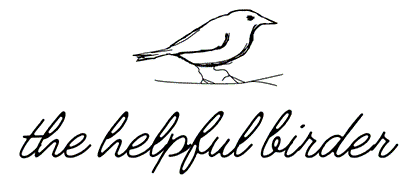
4 Comments
Martha Daniels
May 5, 2020 at 5:34 pmLoved reading your blog.
Susan
May 5, 2020 at 6:06 pmI’m so glad you did!
Rochelle
May 6, 2020 at 1:20 amThank you Susan for capturing some wonderful memories of our trip. I relived our amazing adventure all over again by reading your blog and reviewing the bird photos. Until the next time….
Susan
May 6, 2020 at 2:16 pmCuba next?!?! 🙂